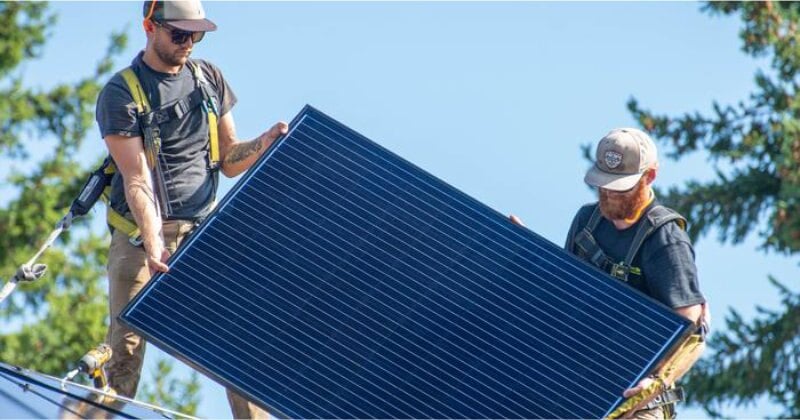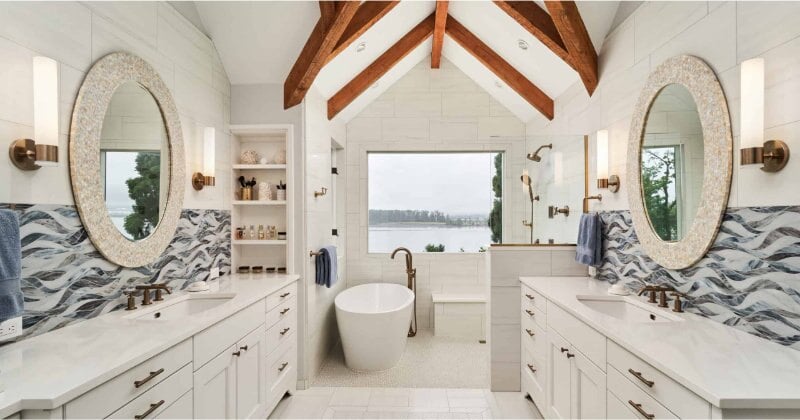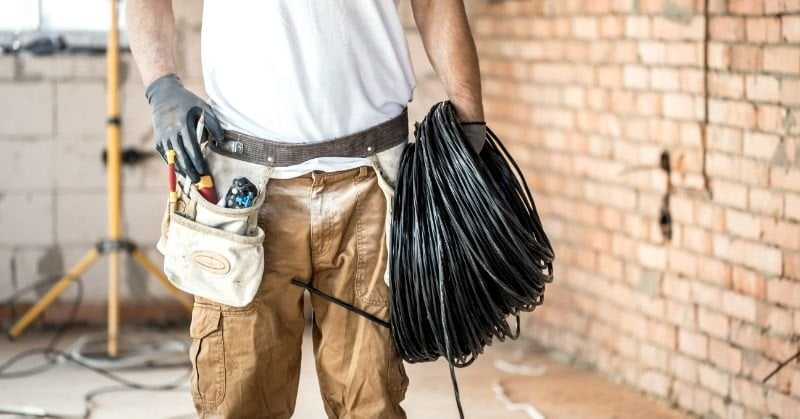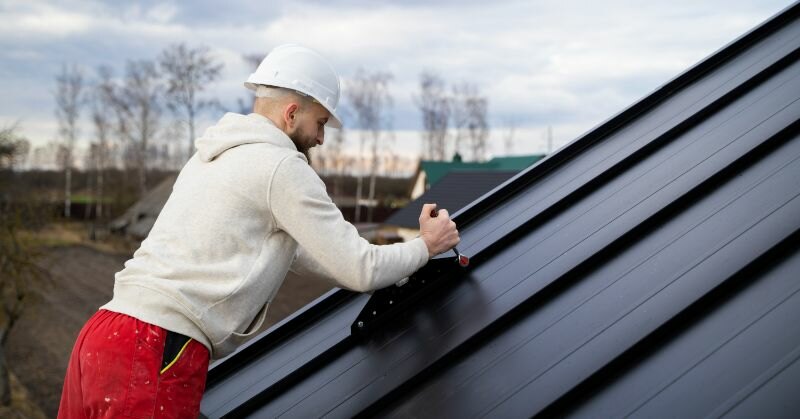For many American homeowners, roofing can be one of the most significant investments in maintaining the integrity and value of their home. Understanding the secrets to cost-effective roofing can help manage this necessary expense without compromising on quality. Here are some vital tips and considerations for achieving a durable, affordable roof:
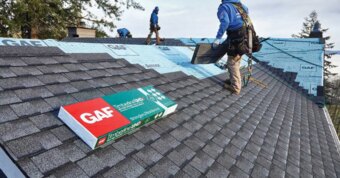
1. Choose the Right Material
The choice of roofing material has a huge impact on both cost and longevity. Here’s a quick breakdown:
-
Asphalt Shingles: The most popular due to their cost-effectiveness and decent lifespan of about 20-30 years.
-
Metal Roofing: More expensive initially but can last 40-70 years and offers exceptional durability and fire resistance.
-
Tile and Slate: High-end materials that are costly but can last over 100 years. They are heavy and often require additional structural support.
Choosing a material should balance initial cost, expected lifespan, and climatic suitability. For example, metal roofing is excellent in snowy regions, while tile works well in hot, dry climates.
2. Timely Maintenance
Regular maintenance can extend the life of your roof and prevent costly repairs. This includes:
-
Annual Inspections: Check for cracked shingles, damaged flashing, or other signs of wear and tear.
-
Cleaning Gutters: Ensure gutters and downspouts are free from debris to prevent water accumulation and damage.
-
Removing Overhanging Branches: Trim branches to prevent physical damage and reduce leaves in gutters.
3. Energy Efficiency
Investing in energy-efficient roofing can lead to significant savings on heating and cooling costs. Options include:
-
Cool Roofs: Designed to reflect more sunlight and absorb less heat, these are ideal in warmer climates.
-
Proper Insulation and Ventilation: This can significantly reduce heating and cooling costs and prevent issues like ice dams in colder climates.
4. Utilize Warranties and Insurance
A good warranty can protect your investment, while homeowners’ insurance can provide coverage for unexpected damage. Ensure you understand what your warranty covers and that your insurance is up to date.
5. Seasonal Considerations
Roofing costs can vary by season. Off-peak seasons like late fall or early winter might offer lower prices due to decreased demand.
Below is a guide to the average roofing costs in ten U.S. states, giving you an idea of the range you might expect for new roof installations:
California: $12,000 - $18,000
Texas: $7,000 - $15,000
Florida: $8,000 - $16,000
New York: $10,000 - $14,000
Illinois: $8,000 - $14,000
Pennsylvania: $6,000 - $12,000
Ohio: $6,500 - $11,500
Georgia: $7,500 - $13,500
North Carolina: $6,000 - $12,000
Washington: $10,000 - $16,000
Conclusion
Effective roofing doesn't necessarily mean the cheapest upfront costs but rather making informed decisions that will ensure durability, efficiency, and overall cost-effectiveness over the life of the roof. By considering these aspects, homeowners can protect their investment and achieve peace of mind with their roofing choices.
